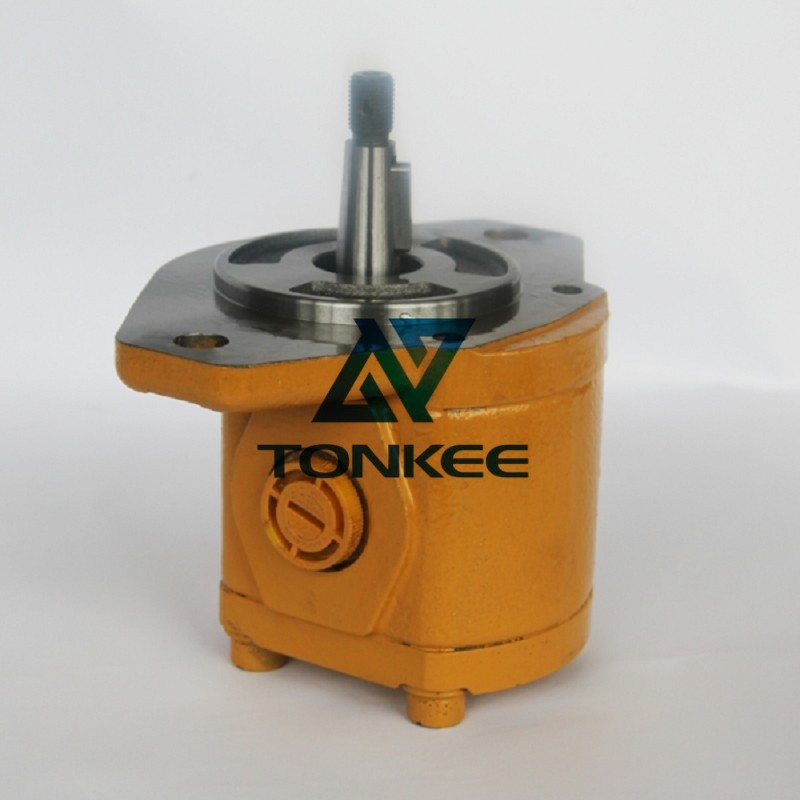
Fan motors can be powered by alternating current (AC) or direct current (DC).
AC fan motors are prevalent in household appliances and HVAC systems, while DC fan motors are often used in electronics, computers, and automotive applications due to their energy efficiency and precise control.
Motor Type:
There are various types of fan motors, each with its unique characteristics. Common types include:
Induction Motors: These are widely used in residential and industrial applications. They operate on AC power and provide a constant speed.
Brushless DC (BLDC) Motors: BLDC motors are efficient and provide precise speed control. They are often used in appliances, automotive cooling fans, and computer cooling systems.
Shaded-Pole Motors: These are simple, single-phase induction motors used in small appliances like fans and refrigerators. They are cost-effective but less efficient.
Synchronous Motors: Synchronous motors run at a constant speed and are often used in applications where precise synchronization is required, such as clocks and turntable record players.
Efficiency:
Efficiency is a crucial factor in fan motor design. Energy-efficient fan motors help reduce power consumption and operating costs. They are often rated based on their efficiency and comply with various energy efficiency standards and regulations.
Size and Form Factor:
The physical size and form factor of fan motors vary widely. Smaller motors are used in applications like computer cooling fans, while larger motors can be found in industrial equipment and HVAC systems. The size of a fan motor is often determined by the airflow and cooling requirements of the system it serves.
Speed Control:
Fan motors can have various speed control mechanisms, depending on their application.
Some operate at a fixed speed, while others can be controlled through variable speed drives or controllers. This flexibility is essential in applications where precise airflow control is required.
Airflow and Pressure:
Fan motors are designed to deliver a specific volume of airflow and pressure. These parameters are critical in applications such as ventilation systems, where maintaining the desired air quality and temperature is essential.
Noise Levels:
Noise emissions are a significant consideration, particularly in residential applications. Fan motors are designed to operate quietly and may include noise-reducing features, such as blade design and vibration dampening.
Environmental Considerations:
In recent years, there has been a growing emphasis on environmentally friendly fan motors. Manufacturers are increasingly focused on reducing the environmental impact of fan motor production and operation, including minimizing energy consumption and using eco-friendly materials.
Reliability and Maintenance:
Fan motors need to be reliable, with minimal maintenance requirements. Ball bearings or sleeve bearings are often used in the construction of these motors, impacting their lifespan and maintenance needs.



 English
English Русский язык
Русский язык



